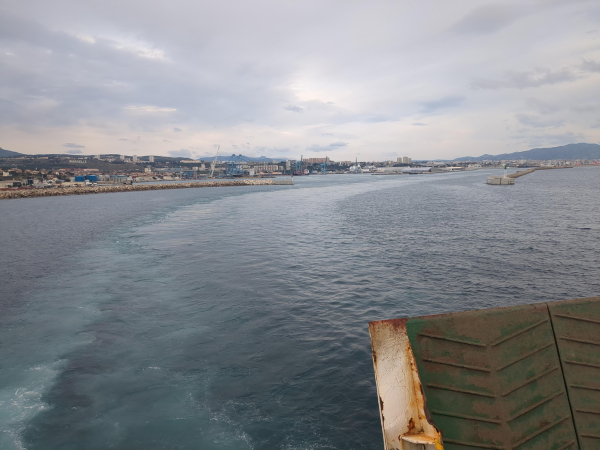Ferry from #Marseille to #Tunisia, ~25 hours.
About 100€ per person with sleeping in chairs/on floor, so economically only makes sense if you have a car or loads of baggage. But you'd miss the pace and romance of the sea 🌊 Price seems to vary little with time.
Had to think multiple times of the people trying to make the opposite journey and the lives lost trying #noborders
About 100€ per person with sleeping in chairs/on floor, so economically only makes sense if you have a car or loads of baggage. But you'd miss the pace and romance of the sea 🌊 Price seems to vary little with time.
Had to think multiple times of the people trying to make the opposite journey and the lives lost trying #noborders



wakest ⁂ •
Doug Webb •
Doug Webb •
https://dar.hamadi.kangoulya.org/ @kangoulya
Dar Hamadi بن جامع
Dar Hamadi بن جامعDoug Webb •
There are still indigenous Berber/Amazigh people. Around 3000BC Phoenicians come (from ~Lebanon) and set up Carthage primarily as a strategic base. Eventually the Carthaginians brokek off and controlled half the Mediterranean.
Rome conquers around the time of Christ. Vandals come down at some point, Arabs come across later, French colonise, WW2 fought there, independence in 1956
Doug Webb •